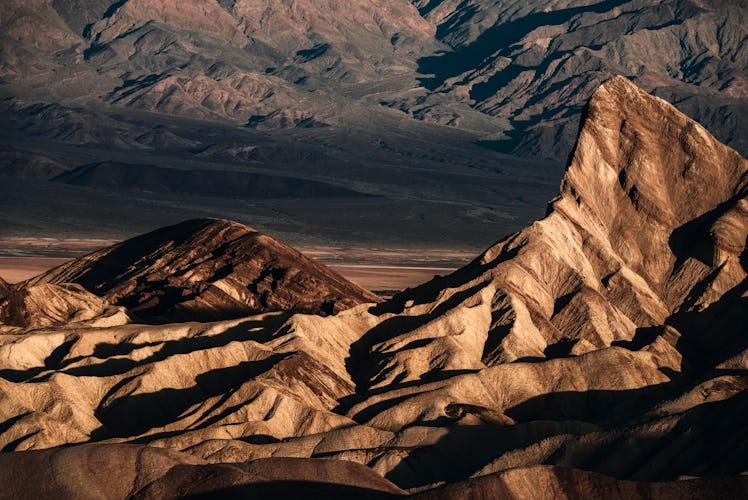This Video Of A "Desert Tsunami" At Death Valley Is Truly Wacky
“In a surprising quirk of geology, Monday’s magnitude 7.6 earthquake in Mexico triggered four-foot-tall waves in Devils Hole."

On Monday, September 19, a 7.6 magnitude earthquake triggered a wacky geological “desert tsunami” at Death Valley National Park, 1,500 miles away. Footage of the tsunami made its way to social media, and it provides an interesting look at a strange event.
“In a surprising quirk of geology, Monday’s magnitude 7.6 earthquake in Mexico triggered four-foot-tall waves in Devils Hole, located in Death Valley National Park,” a notice from the National Park Service read.
The earthquake hit Colima and Michoacán in Mexico around 2 p.m. EDT, and in a short period of time, the impact was seen at Death Valley National Park.
“Twenty-two minutes later, water started sloshing 1,500 miles away in Devils Hole,” park rangers said in a Sept. 21 news release. “The waves reached 4 feet high around 11:35 a.m.”
According to the news release, the event set off by the earthquake is called a “seiche,” a name for a wave that swings around a standing body of water. The video captured and shared by the National Park Service shows the water get angrier and angrier over the 3-minute duration of the seiche.
“A large earthquake that rocked the Pacific Coast of Mexico made waves in Devils Hole—literally,” the caption of the video reads.
NPS.gov
Devils Hole is a limestone cave in Nevada’s portion of the national park that’s partially filled with water that is hundreds of feet deep. And although the event looks relatively contained, park officials said the “seiche” stirred up sediment and rocks from the shallow part of the cave and removed algae growth.
The event could have been an issue for the pupfish, and endangered species, that lives in the water, according to the National Park Service. The pupfish, of which there are only 175 left living there, depend on the algae to live.
“The pupfish have survived several of these events in recent years,” Kevin Wilson, a National Park Service aquatic ecologist, said in the news release. “We didn’t find any dead fish after the waves stopped. The Devils Hole pupfish population have been on an upswing lately.”
Wilson said the waves Monday lasted about 30 minutes before calming down. “This kind of resets the system,” he said.